How many people does it take to catch, tag and release argali (big horn sheep) or ibex in Mongolia? Actually, it took way more than I thought. Participating on an EarthWatch Wildlife Expedition in the Ikh Nart Nature Reserve, was my first Citizen Scientist experience. I truly enjoyed the process to protect and monitor at risk species.
The reason we were live capturing these critters was to collect samples of blood, stool, hair; weigh and measure their bodies; then ear tag and GPS or radio collar them for future monitoring. The actual time to collect all of the above took on average 10 minutes, but getting our hands on them was time-consuming, challenging and exciting.
To start we were driven to historical capture sites in Russian jeeps and land cruisers by 4 local drivers. Here we set up two 375 meter (410 yard) rope nets which were 3 meters (6+ feet) high and propped up with wooden poles. Two nets were required because often the beasts would break through the first one and the second one would do the trick. Every morning we would take an hour to setup the nets and at lunch / end of day we would knock them down. I am still digging out slivers.
Then 9 eco-volunteers would be placed behind rocks and shrubs as human extensions of the net. The theory was if the argali or ibex became wise to the net and tried to run to the end we would stand up and scare them back into being captured. We were placed by 2 Scientists.
Approximately 15 ‘horsemen‘, ½ on horses and ½ on motorbikes, would be directed by 3 expert trackers to slowly shepherd a herd of 3-30 argali or ibex in the general direction of the net. About 250 meters (373 yards) from the net they would go into a full drive which caused the herd to stampede toward the net.
Many times the herd would escape and on those days I did a lot of reading or cloud gazing; if it was not raining, sleeting or snowing. But most days we did capture some and once we got 5 at a time. When an argali or ibex is caught in the net the next wave of people jump into action.
A group of 4-6 ‘muggers’ who were centrally hidden near the net jumped out from behind rocks and bushes. Their purpose was to throw additional nets on the creatures, physically restrain them, put blindfolds on them which, unbelievably, calmed them down. They were held onto until the students finished their measurements and the 2 Vets pulled all their samples.
Our jobs as eco-volunteers was to record the data the students collected, assist the Vets, pour water on the critters to cool them down or hold the rectal thermometer and call out temperatures. I was not thrilled about that job but when I realized I was the health advocate for the captured creature I took my job seriously, making sure the Vets continuously knew what the animal‘s health status was.
Finally, after the ear tags, GPS or radio collars were attached and they were weighed, the blind fold was removed and the argali or ibex was released. I loved watching them bolt away to freedom, easily scampering up rock and scree slopes. At the end of 6 days we captured 12 and collared 10 with zero injuries and no fatalities.
All in all, after 10-15 years of doing this, it was considered a successful capture. Thanks to everyone who supported my participation on this expedition. Now more data will be available to help protect these at risk species.
This expedition was fun and purposeful. I feel privileged to have been one of the 40 people from all over the world that got to work alongside Mongolians to catch and release argali and ibex at the Ikh Nart Nature Reserve.
Photo credits: John Maginness, Stephanie Joy Rosalia, Jeanette Lebrecht, Carol Koziol

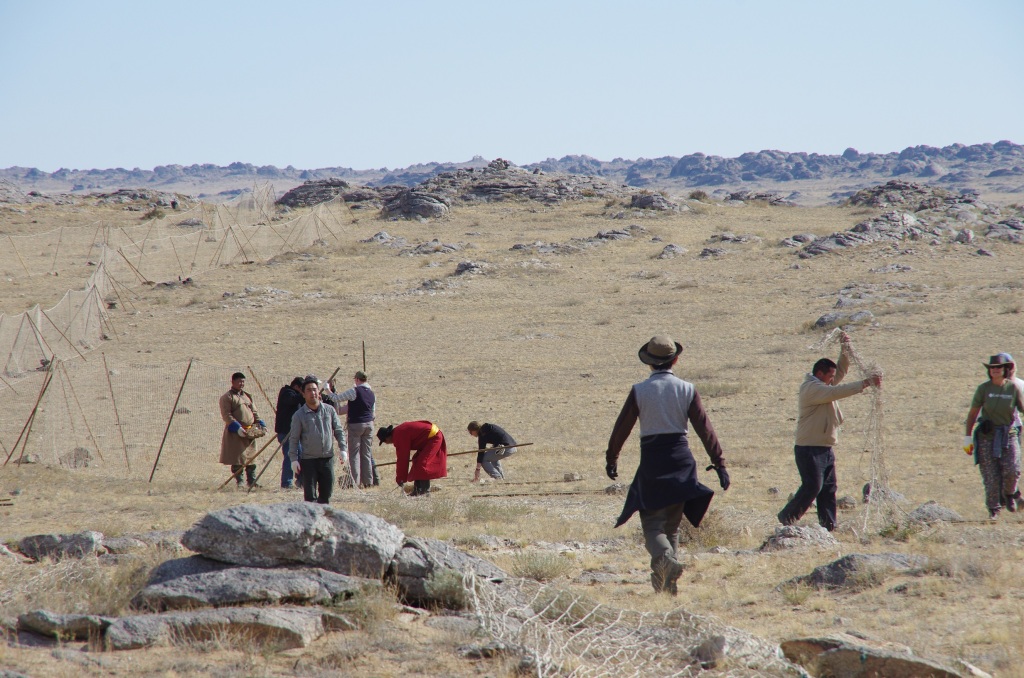
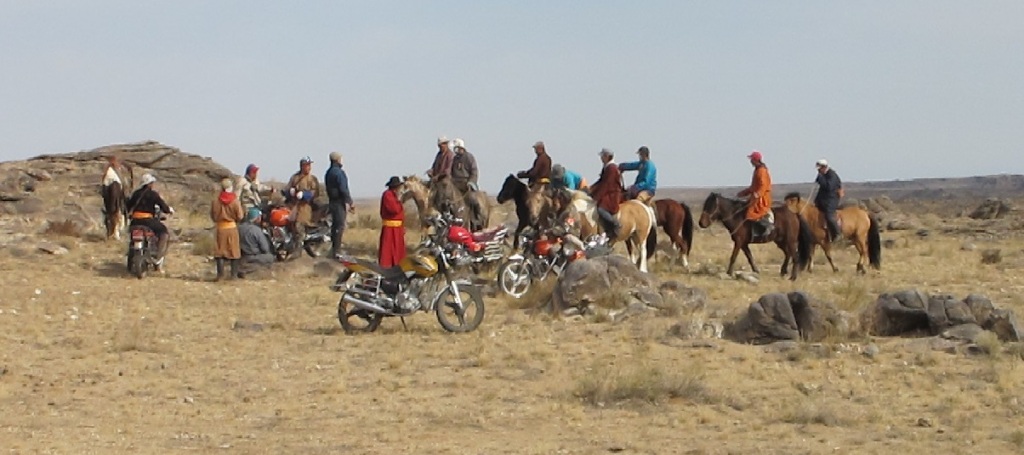
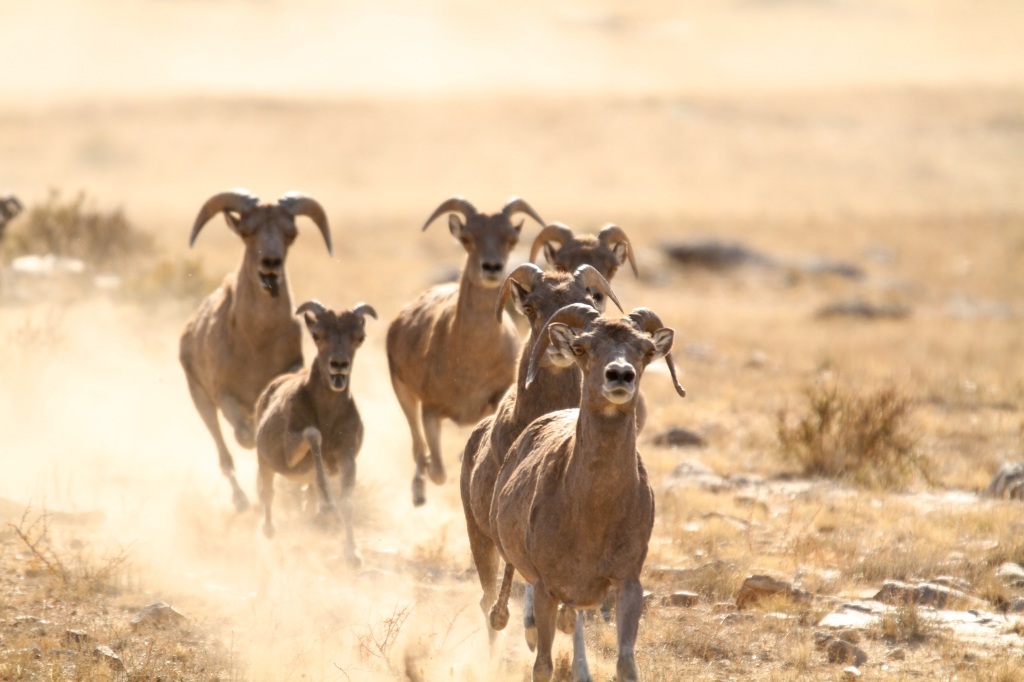
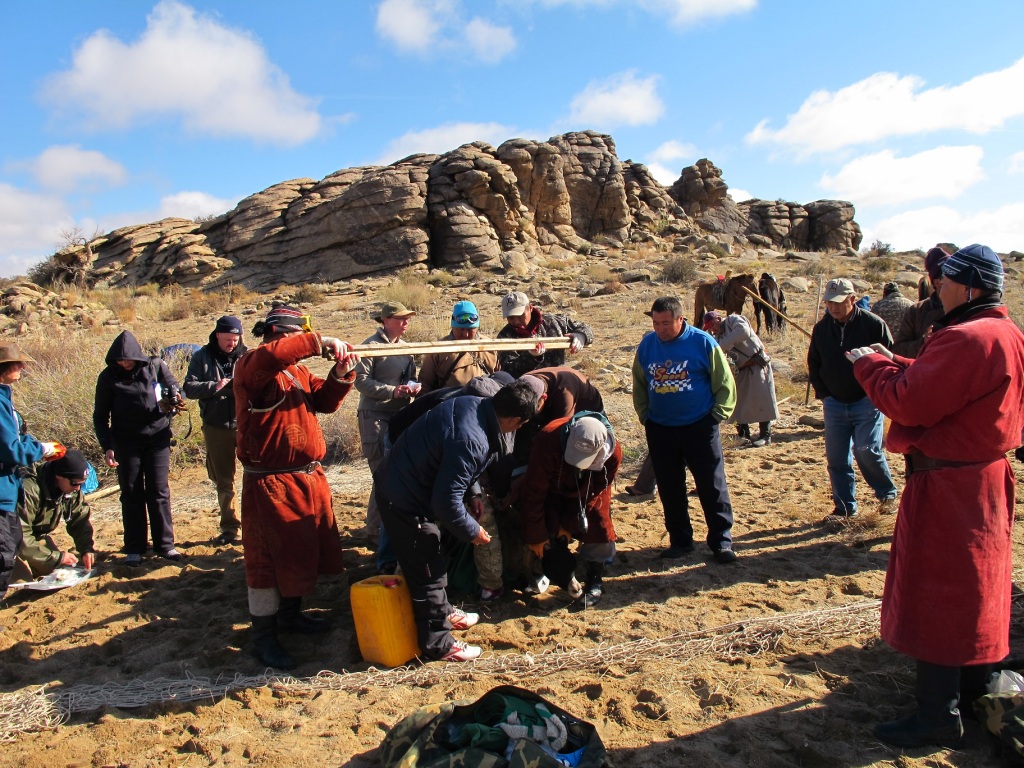
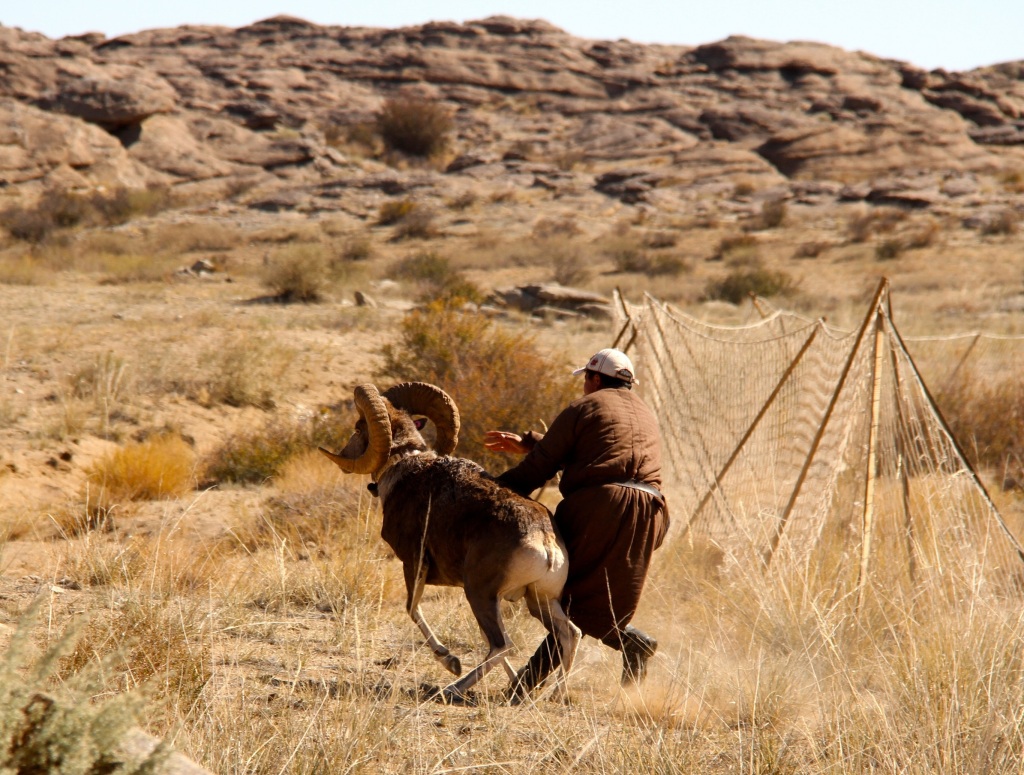
October 9, 2014
Wow, sounds fascinating!
October 9, 2014
Yes it was definitely an interesting journey.
October 10, 2014
When a task needs to be done right, assign Carol. Bravo on the rectal temperature task!
October 11, 2014
Thanks for the report, and it’s great to have pictures. Looking at the landscape, I’m imagining people in that area were traditionally herders of some sort? Doesn’t look like farming country…